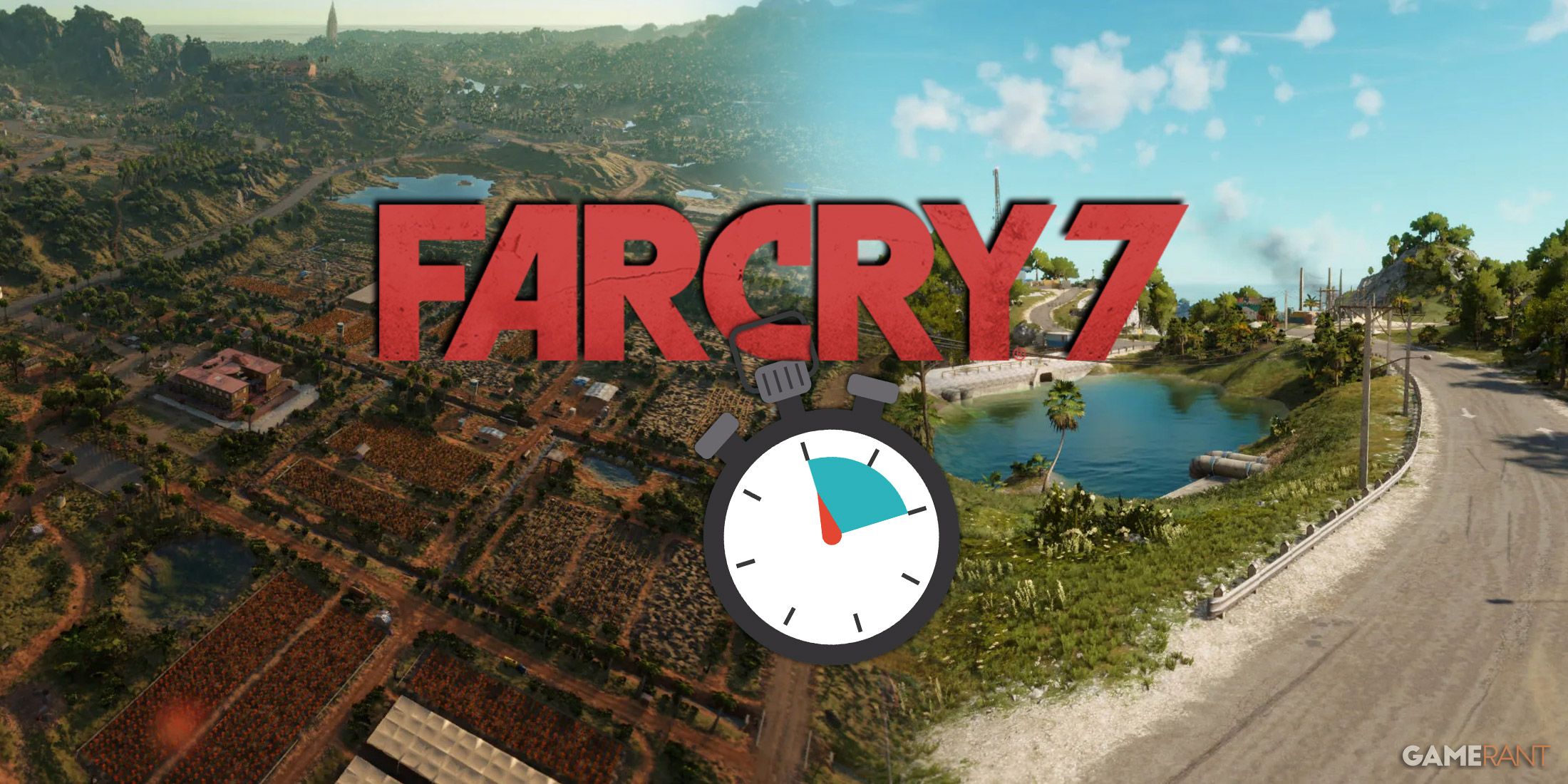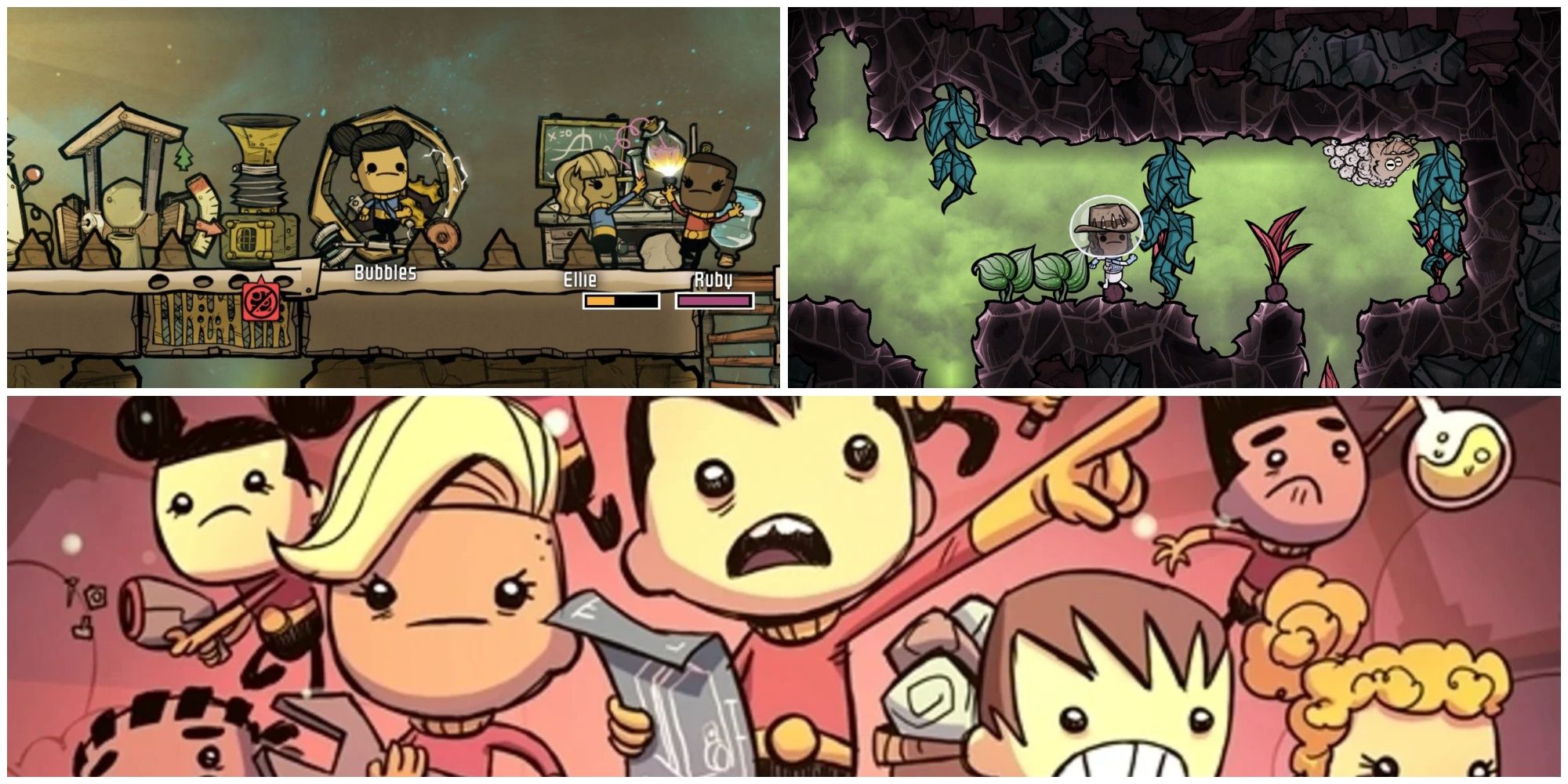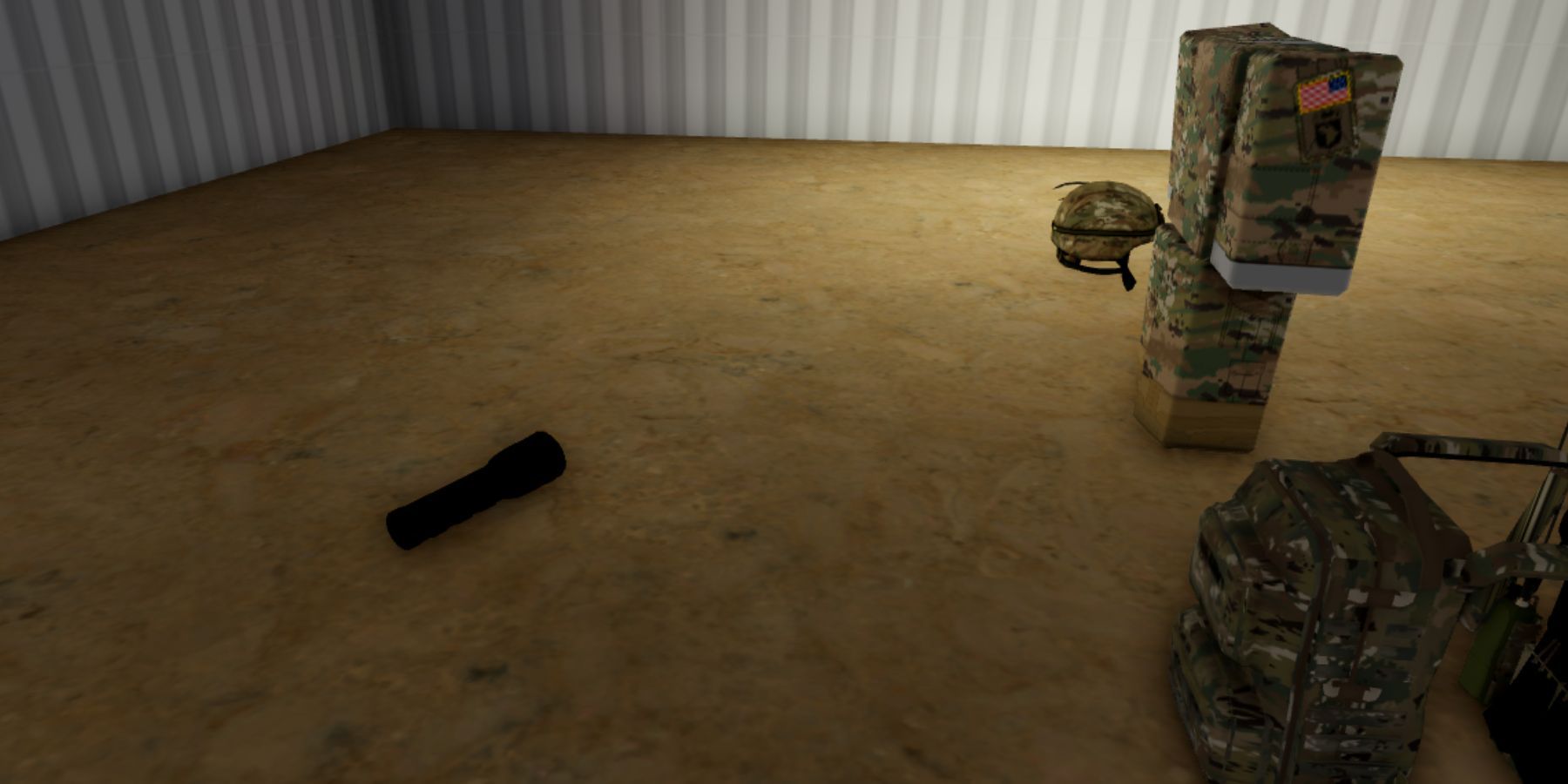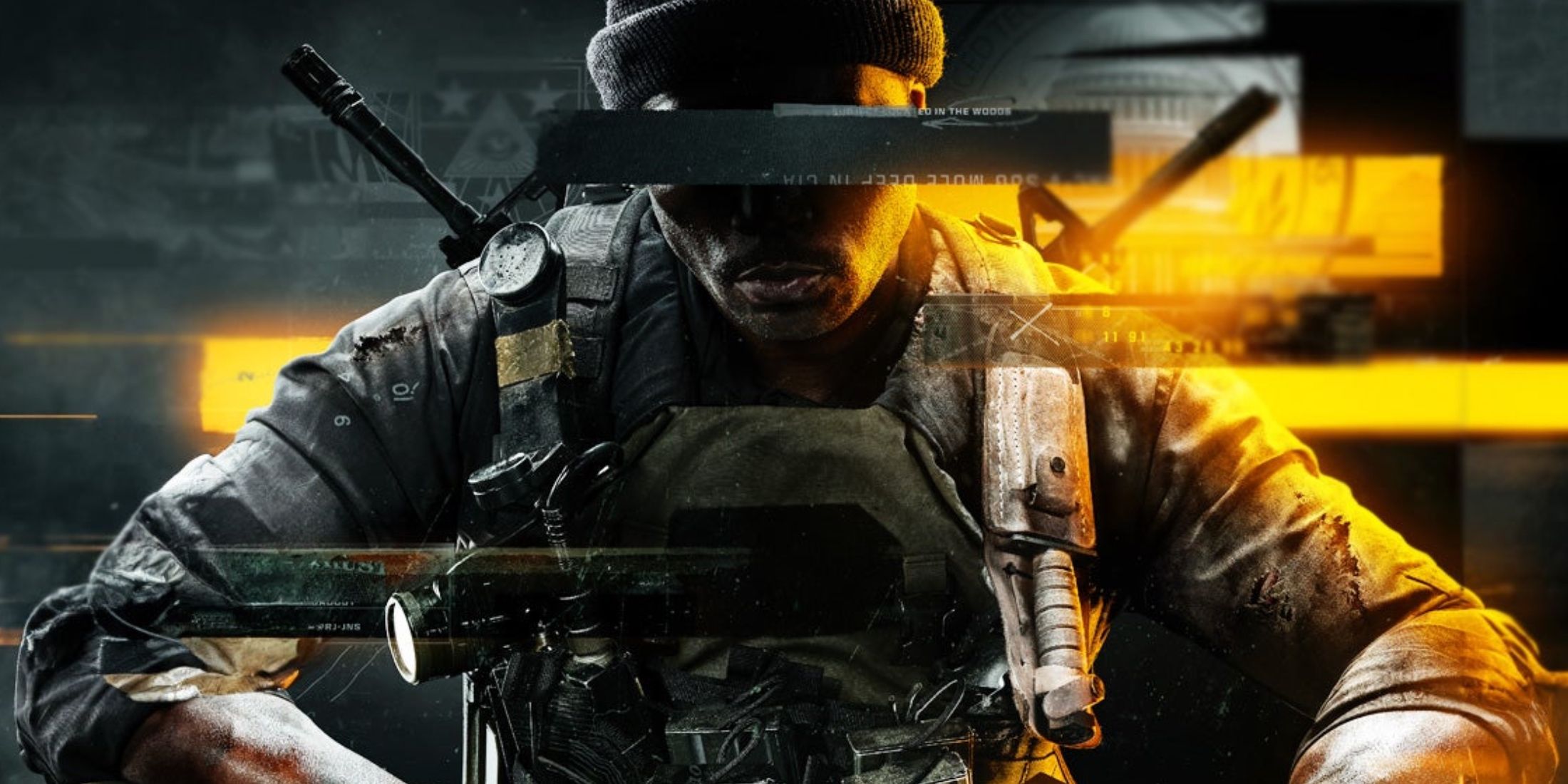Far Cry 7 is coming, although Ubisoft has been fairly tight-lipped about what the game will entail. Of course, players have come to expect a certain formula from the franchise, one built around open-world excursions, a blockbuster story, and light RPG mechanics folded into broader FPS gameplay staples. Still, there are ways that Far Cry 7 could stand out from its predecessors.
Rumors have been swirling around Far Cry 7 for quite some time now, with the most contentious and oft-discussed being the prospect of an in-game clock. Whether this rumor has any weight to it, and how exactly it would be implemented in the final game, remains to be seen, as Ubisoft hasn’t commented on it. Regardless, it’s an interesting idea, for better or worse, as putting extra temporal pressure on players would lead to a radically different experience, possibly leaning more into Far Cry 2‘s attempted realism than the over-the-top, often implausible route that post-FC3 games have taken. The possible benefits and drawbacks of this rumored feature can be discussed at length, but there’s one staple mechanic that it would undoubtedly impact.
Fast-Travel Would Be Majorly Affected If Far Cry 7 Has a Time Limit
A Timer Is Antithetical to Fast-Travel
A potential time limit system in Far Cry 7 would mean major changes to the game’s world. As it stands, the specifics of the time-limit rumor are as follows:
- The time limit would be 72 in-game hours.
- This translates to 24 real-world hours.
- The time limit would be tied to the story, with the player-character needing to rescue their kidnapped family members within this time frame.
With this in-game clock being linked to the story, it would have to be ever-present, meaning that players probably wouldn’t be able to pause the timer while they engage in open-world exploration or side activities. This poses several questions about how Far Cry 7 will be structured in comparison to the other games in the series, which all revolve around sizable open-worlds and optional content.
More specifically, this imposition would require an alteration of fast-travel—a feature that has long been essential to Far Cry. If the purpose of an in-game clock is to infuse the experience with a greater sense of tension and realism, then simply allowing for endless teleportation across the map without consequences would be entirely counterproductive. At the same time, the total removal of fast-travel could lead to boring and repetitive back-tracking, especially considering the Far Cry franchise’s tendency toward sprawling open-world design.
How Far Cry 7 Could Implement Fast-Travel Alongside Its Time Limit
Luckily, there is some interesting potential hidden within this mechanical conflict. In general, Far Cry 7‘s timer will work best if the player has some sort of impact on it—perhaps players can capture enemy bases or take their own hostages to add time to the clock, for example. This sort of interactivity would allow the time limit feature to be rewarding and complex rather than simply restrictive.
Fast-travel within this framework should follow the same philosophy. For instance, Far Cry 7 could offer a fresh take on Ubisoft’s infamous open-world towers, which often serve as definitive landmarks for an area that enables fast-travel. Perhaps these “towers” could actually be high-speed railways, helipads, or something similar, meaning that the time penalty for fast-travel could be greatly reduced by activating them. This would not only alleviate frustrations associated with losing in-game time to fast-traveling, but also make this much-maligned, copy-paste feature much more gratifying. Completing these well-trodden open-world objectives would have a meaningful, continuous impact on gameplay rather than being items to check off a list.
/cdn.vox-cdn.com/uploads/chorus_asset/file/24062778/STK138_Stream_Kradtke_03.jpg)







